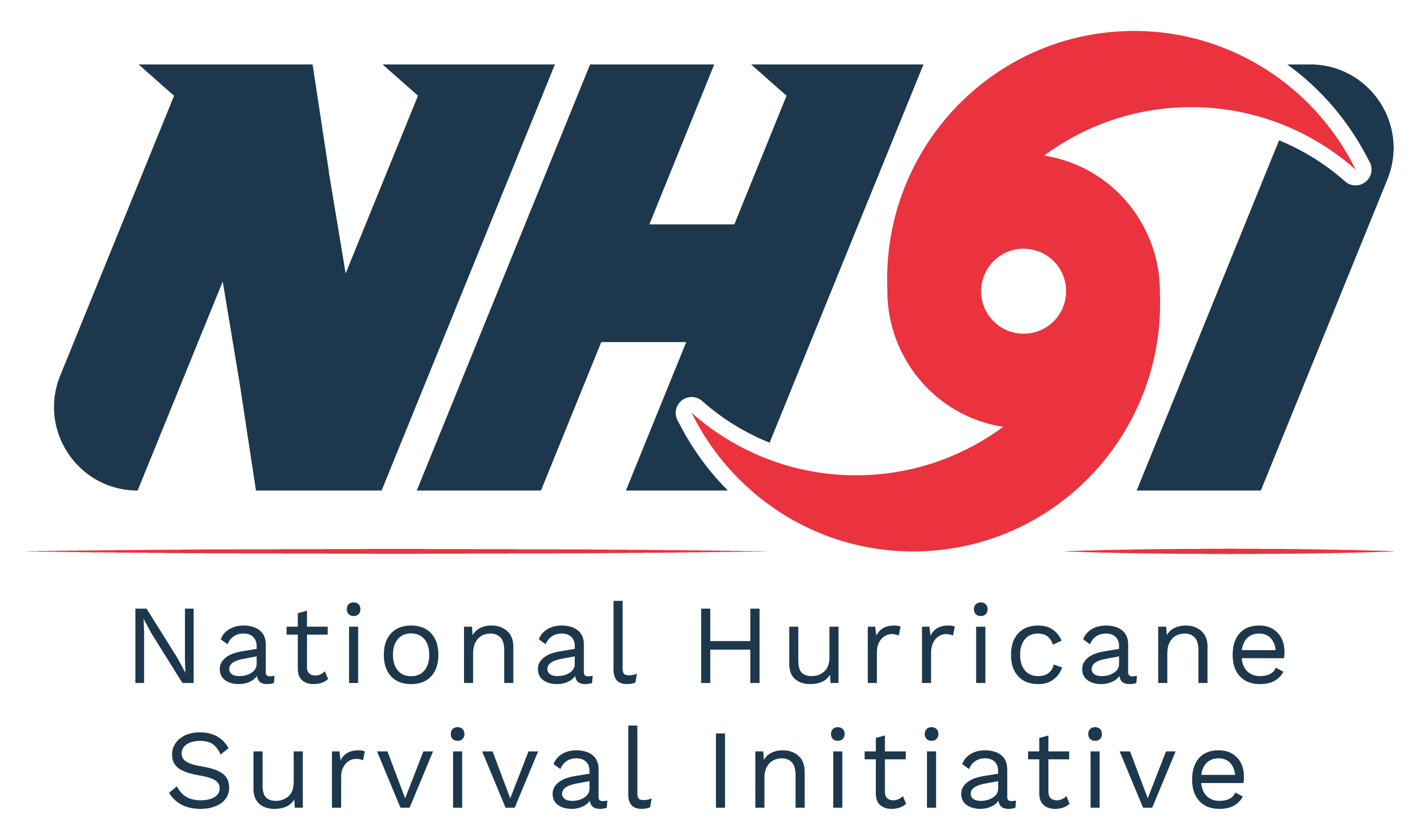Hurricanes are among the most common and costly catastrophes in the United States, so chances are you’ve tuned in to social media only to see horrific images and videos of homes washing away from powerful storm surges, power lines blockading neighborhoods from strong winds, and towns left devastated – often for months on end.
In today’s age of instant communication, social media allows everyone to play the role of the journalist in sharing events that are happening all around them. During a disaster, social media enables messages to be shared quickly – by a vast amount of people simultaneously. According to the Pew Research Center, “half of U.S. adults get news at least sometimes from social media.”
While social media is a great outlet for disseminating information, it can also be used as an effective emergency management tool to help those in the affected areas provide and receive updates, connect, and locate necessary resources. So, how can you harness these social media platforms to benefit your emergency preparedness?
Below are a few actions you can take today to have full access to information that might just save someone’s life.
Before Disaster Strikes
- Research and follow various government entities that help prepare for disasters, such as the Federal Emergency Management Agency, the National Hurricane Center, The Salvation Army, the National Emergency Management Association, and others. Don’t forget about local entities that are likely to share timely updates, such as the county police or fire department.
- Make sure all electronic devices are fully charged and backup batteries or wireless chargers are in multiple locations.
- Sign up to receive RSS feeds from some of your trusted sources.
During a Disaster
- Regularly check your social media feeds for updates and emergency communications warnings.
- Use posts on social media accounts to request assistance in an emergency situation.
- Monitor other users’ social media activities and posts to establish situational awareness and find out what the conditions are in surrounding areas.
Following a Disaster
- Use various visual social media applications to upload images to create damage estimates.
- Communicate with loved ones and friends to notify them of your safety quickly and efficiently. This can be done through direct messages or even tools within the platform such as the Safety Check feature on Facebook
- If disaster recovery resources are needed, use social platforms to find local non-profits that are distributing resources in your community.
- Turn to social media to find out—in real-time—what local companies, such as gas stations and restaurants, have power and are open. Even if you don’t have power, a friend or family member who does may be able to relay this information to you through a phone call.
To help you prepare, below are some trusted social media resources you can access today. Follow or bookmark these profiles now so that you know where to turn later.
Facebook:
- FEMA: http://www.facebook.com/FEMA
- NOAA: https://www.facebook.com/NOAA
- U.S. National Hurricane Center: http://www.facebook.com/US.NOAA.NationalHurricaneCenter.gov
- The Salvation Army: http://www.facebook.com/SalvationArmyUSA
- American Red Cross: http://www.facebook.com/redcross
X:
- FEMA: https://x.com/fema
- NEMA: https://x.com/nema_web
- NOAA: https://x.com/NOAA
- U.S. National Hurricane Center (Atlantic): https://x.com/nhc_atlantic
- U.S. National Hurricane Center (Pacific): https://x.com/NHC_Pacific
- The Salvation Army: https://x.com/salvationarmy
- American Red Cross: https://x.com/redcross
